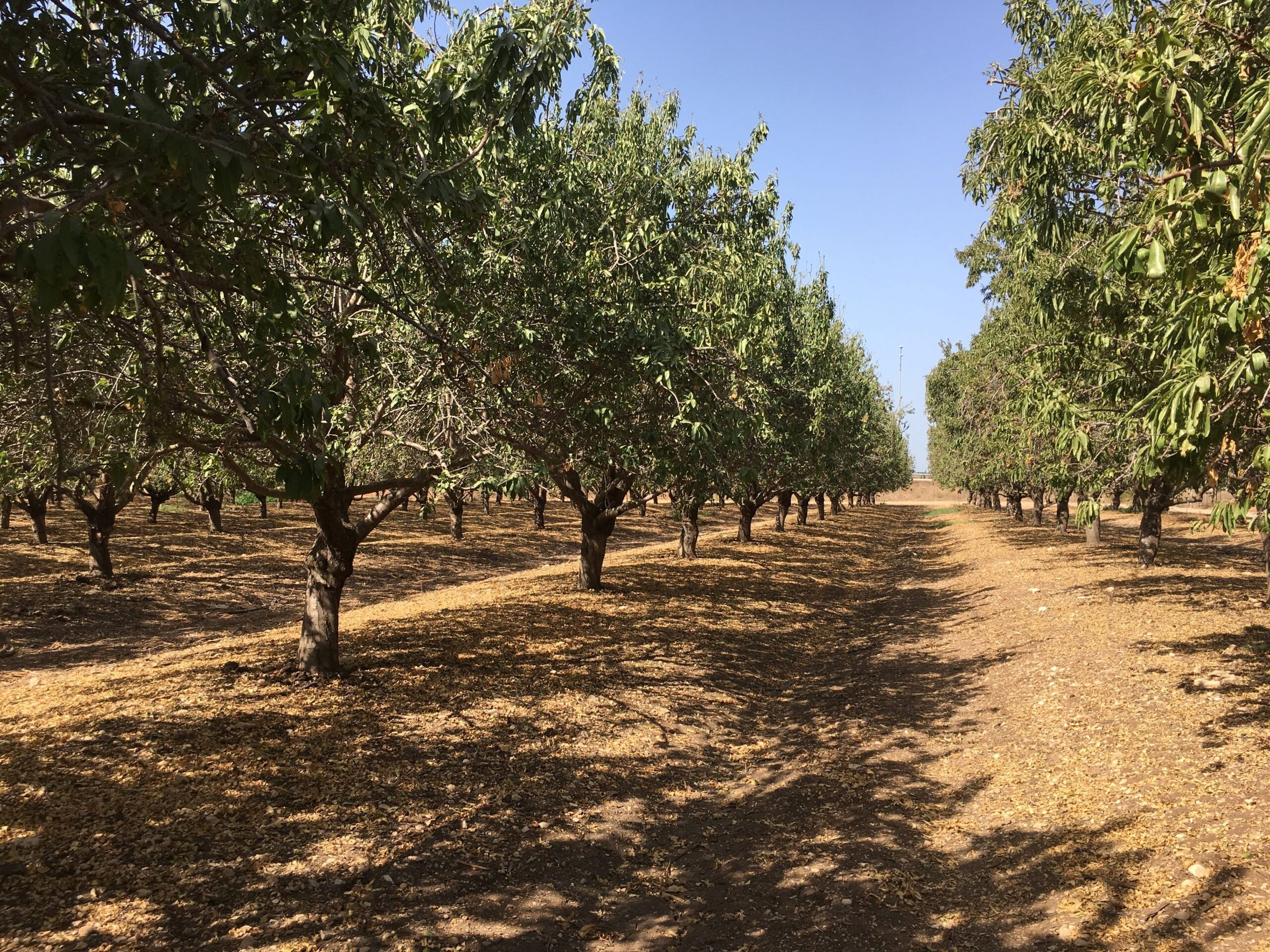The Almond Doctor is a website that shares research, experiences and opinions of better farm management practices for almond orchards.
David Doll
manages the farm assets of Rota Única Amêndoas in the Alentejo region of Portugal. He has worked world-wide within tree nuts and uses this platform to help farmers become better almond farmers.
Latest News
Preventing spring
diseases in
almond
Petal fall through the first few weeks of nut development is a critical time for disease management. During this period, the almond fruit, newly emerged leaves, and senescing tissues are susceptible to many diseases.





Petal fall through the first few weeks of nut development is a critical time for disease management. During this period, the almond fruit, newly emerged leaves, and senescing tissues are susceptible to many diseases. These include jacket rot, anthracnose, brown rot, leaf blight, shot-hole, scab, and with Mediterranean varieties, red blotch.